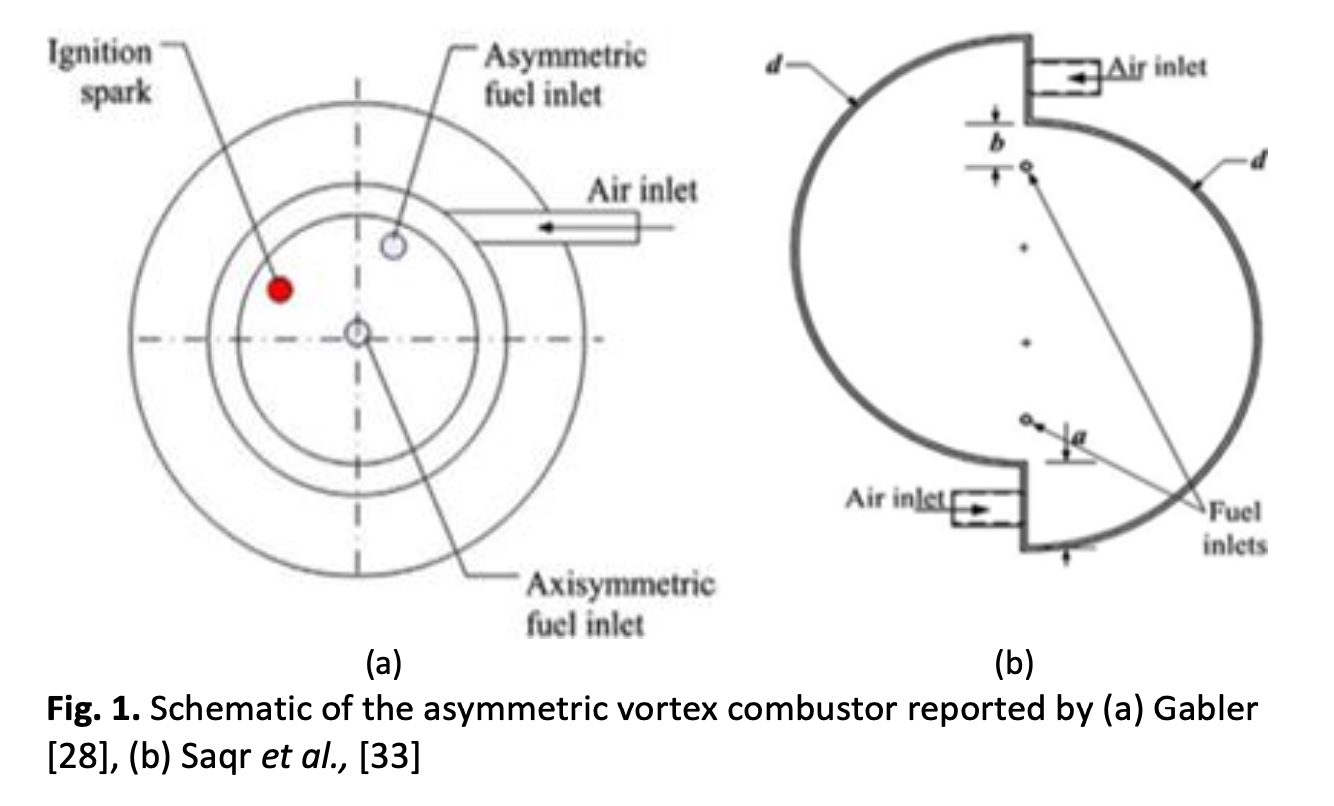Investigations on Emission Characteristics of Methane in Small Scale a Swirl Flameless Combustor: Using Preheating Air Diluted CO2 and N2 Gas at Various Temperatures
DOI:
https://doi.org/10.37934/arfmts.100.2.113137Keywords:
Exhaust gas recirculation (EGR), air and fuel preheating, multi-stage air, NOx formation, computational fluid dynamics, combustion efficiencyAbstract
In order to reduce the damage to the environmental, it is desirable to have low emission combustion and high-efficiency system of operation. In achieving this, the multi-stages and exhaust gas recirculation (EGR) were adopted to reduce NOx formation during combustion. In this paper, a numerical study of the impact of diluted preheated oxidizer variables on NOx emissions from methane combustion was performed. This study utilizes Computational Fluid Dynamics (CFD) analysis to determine the influence of preheating fuel and air on the combustion efficiency when asymmetric vortex flameless was applied on different supply tangential air location at different oxygen concentrations. The design parameters utilized are diluted N2 and CO2, oxygen concentrations of 10%, 7% and 5%, and air temperatures that were set at 300 K, 500 K, 700 K and 900 K, respectively. The exhaust gas recirculation (EGR) was simulated using CO2 gas and N2 gas. The results show that by oxygen concentration has direct relationship with NOx emission for all equivalence ratios. Apart from that, CO2 dilution air offers better results than N2 dilution in reducing NOx emissions. In terms of preheating air, higher NOx emission was observed with the increase of air temperature. However, the effect of preheating air on the NOx emission is greater than the effect of preheating of fuel. Based on these results, numerous ports were considered important to achieve a good mix of air and fuel. The analysis outcome shows that more inlet tangential air has a significant influence on combustion temperature and NOx emission.
Downloads
































